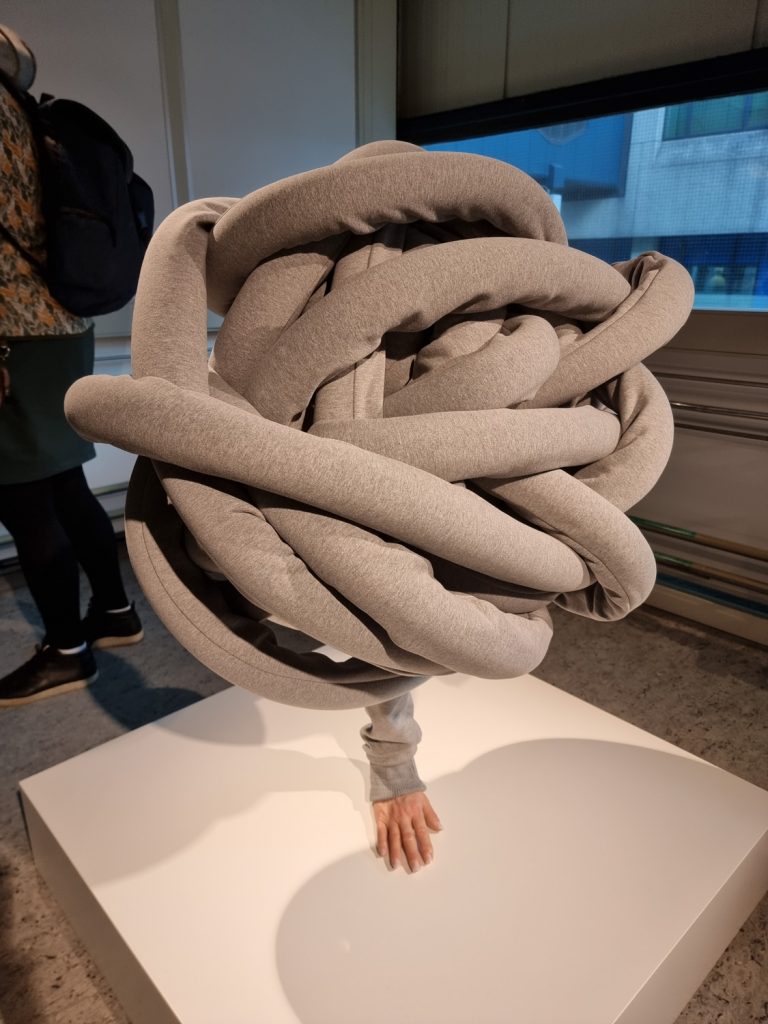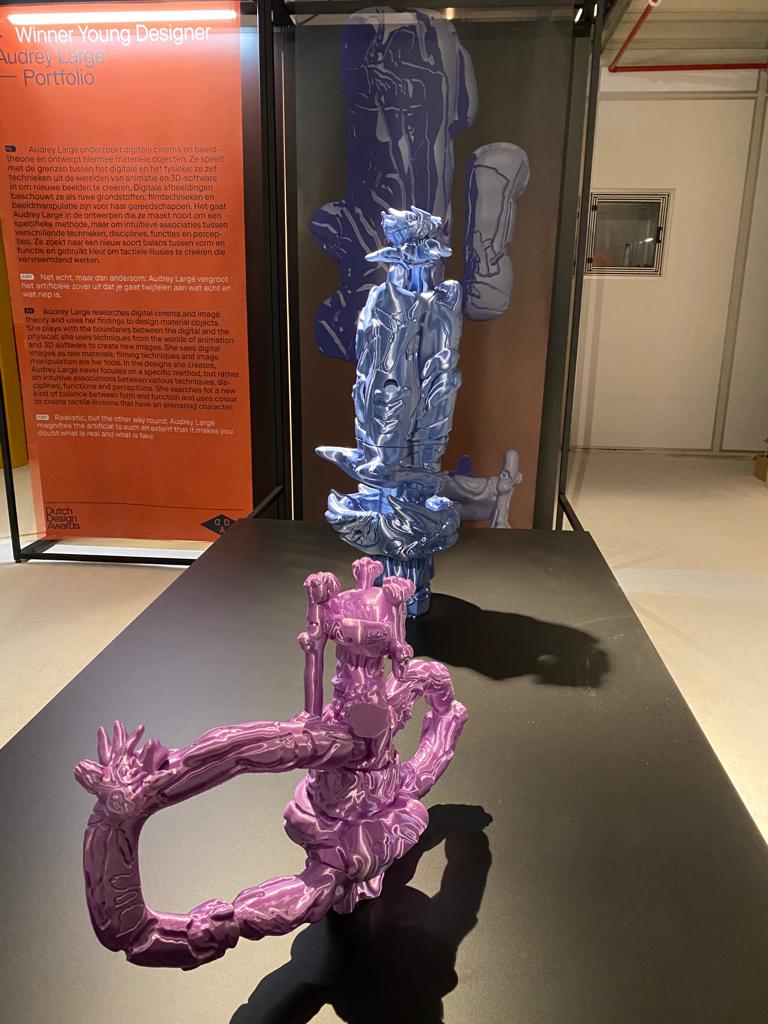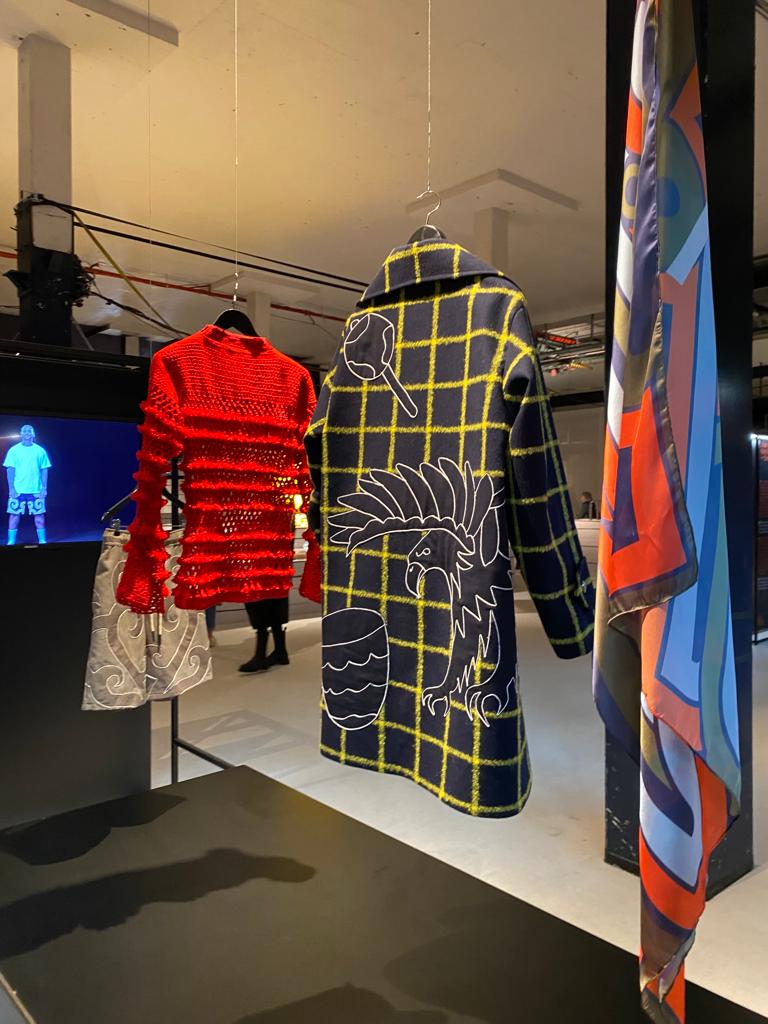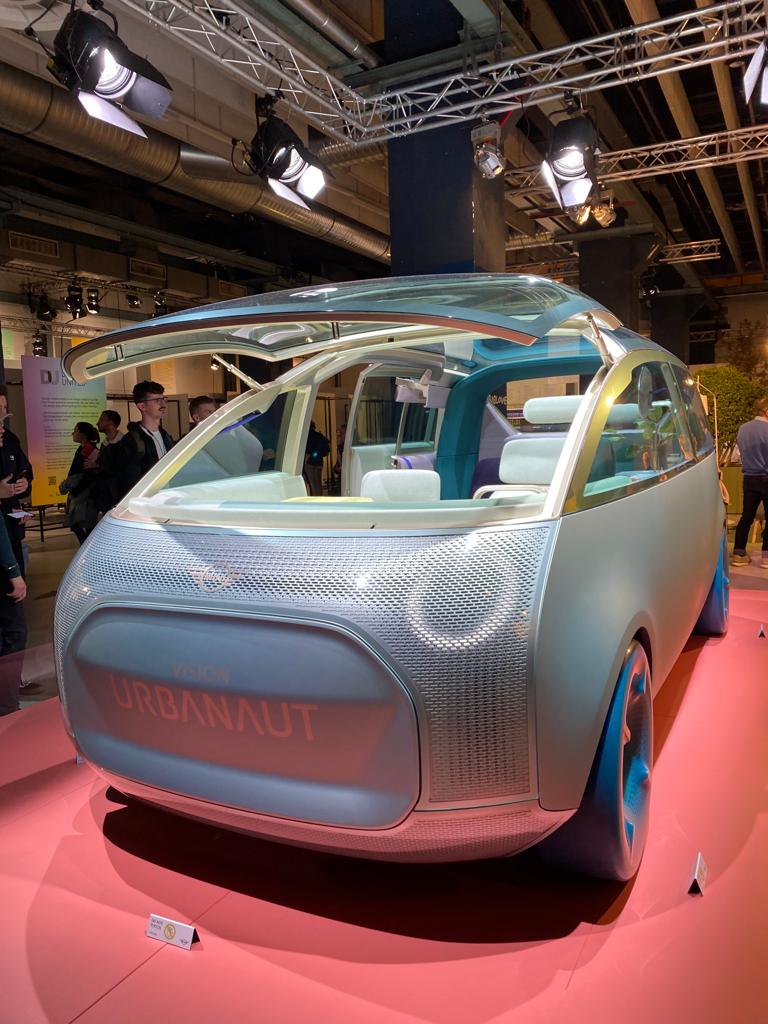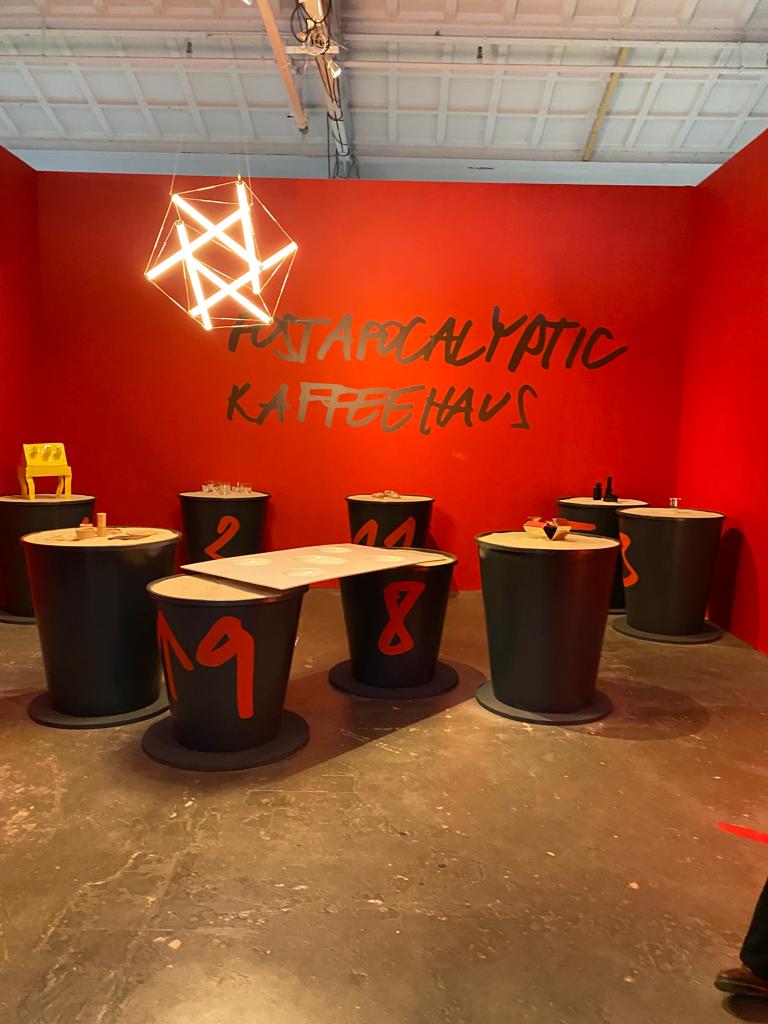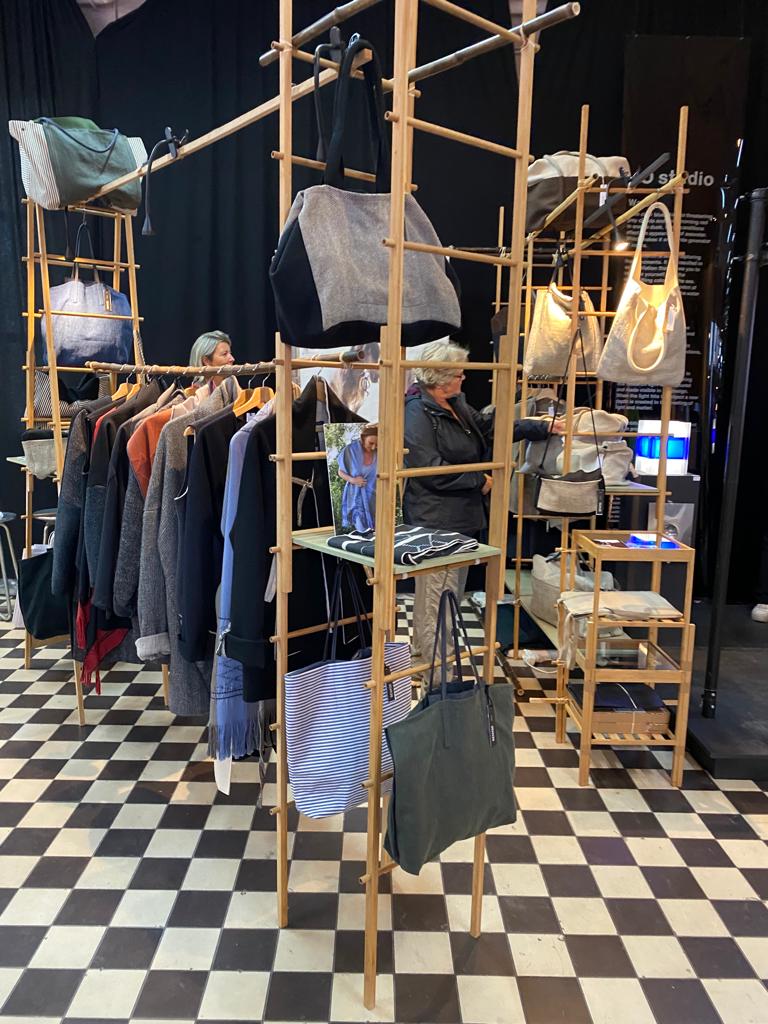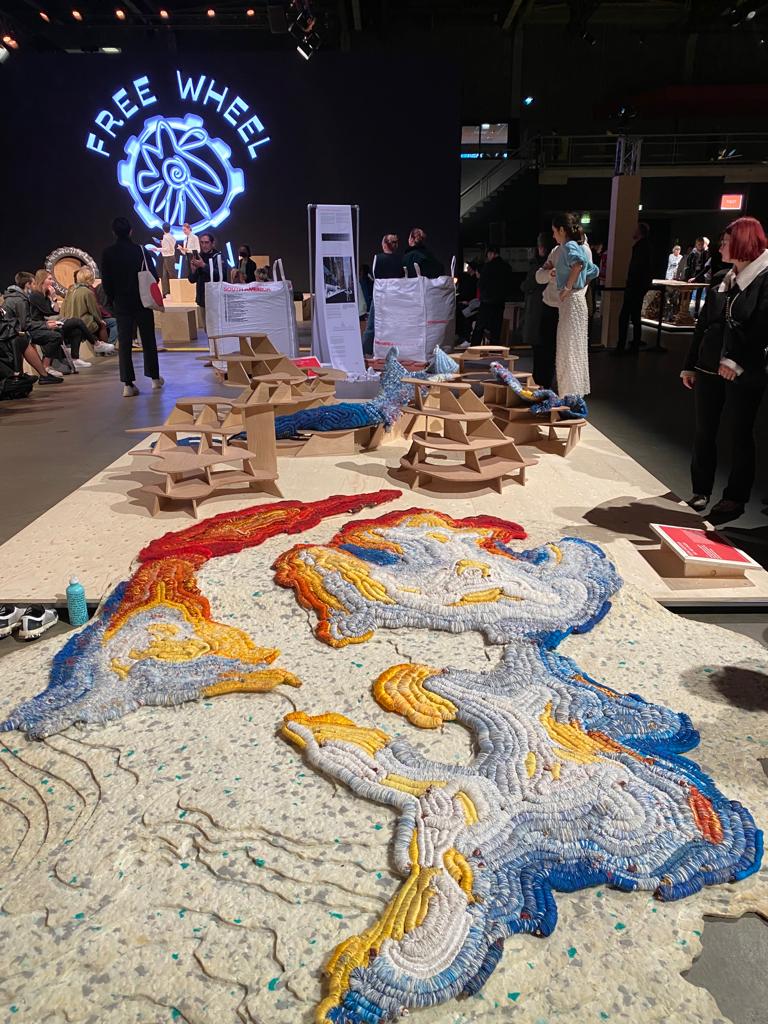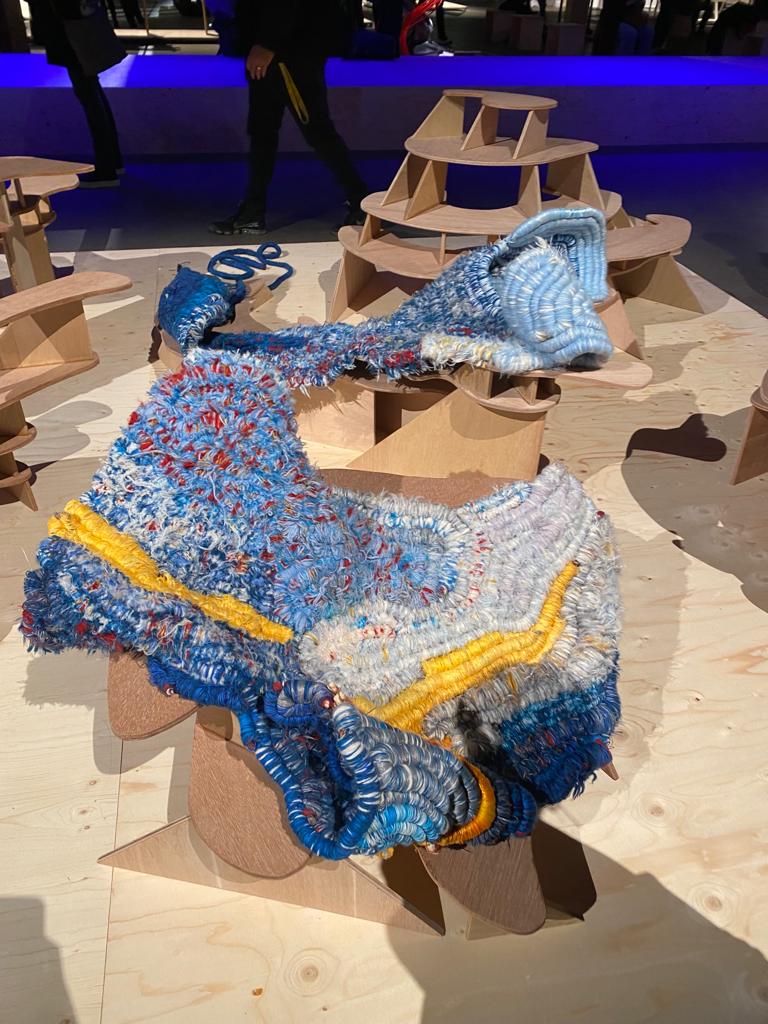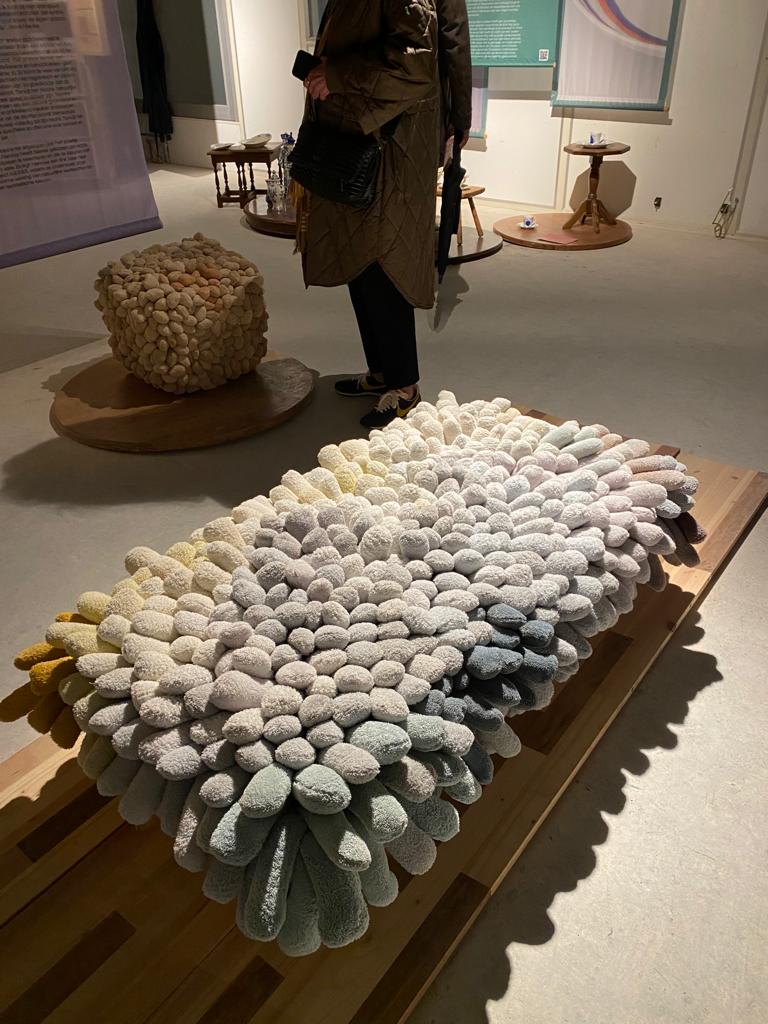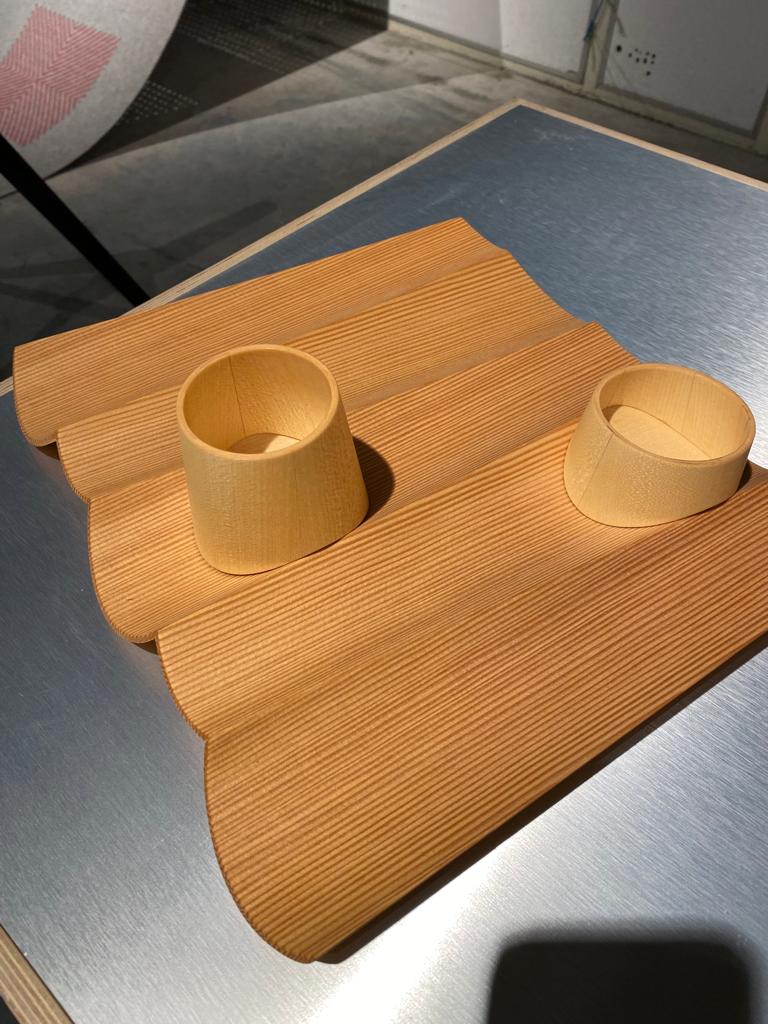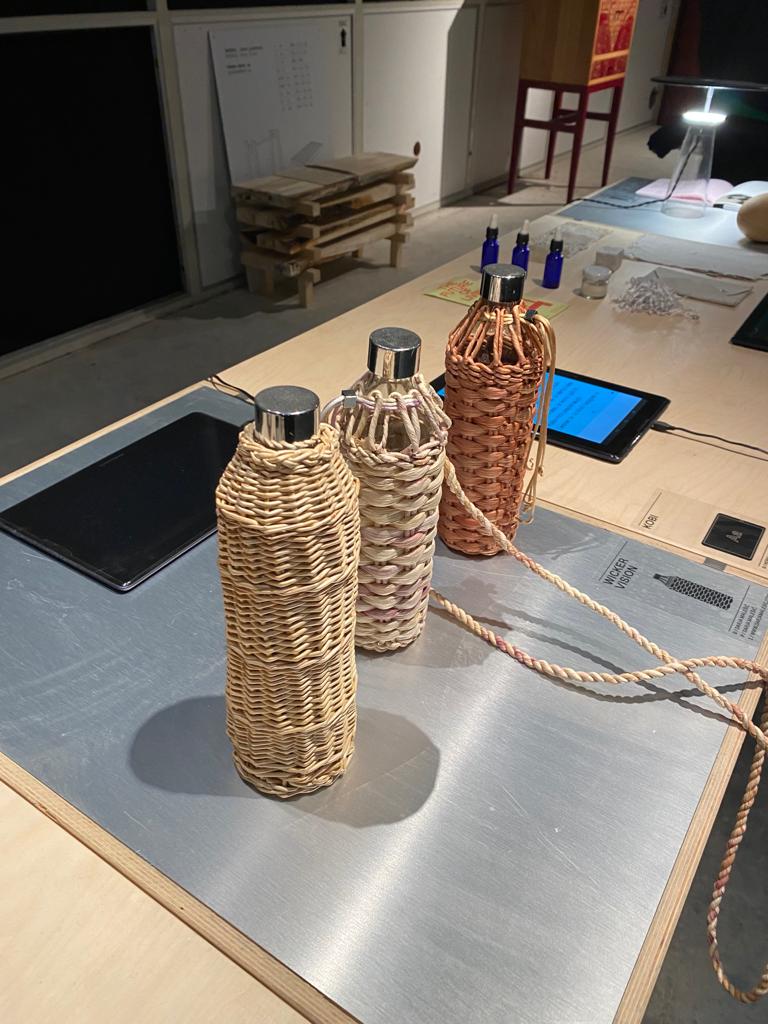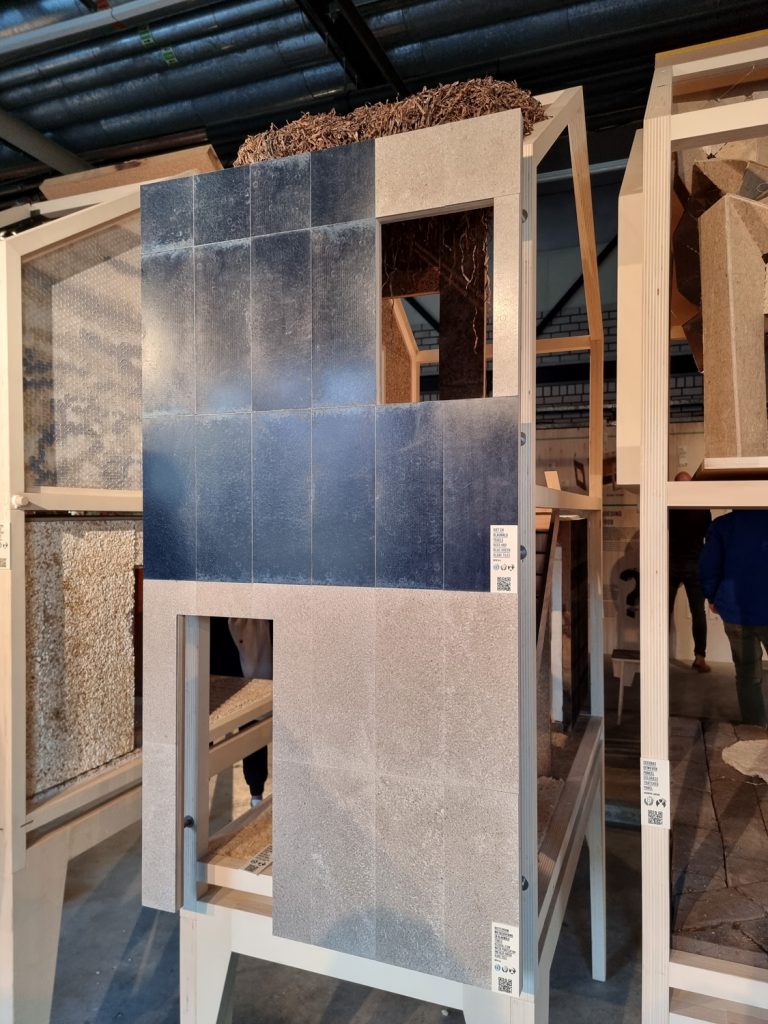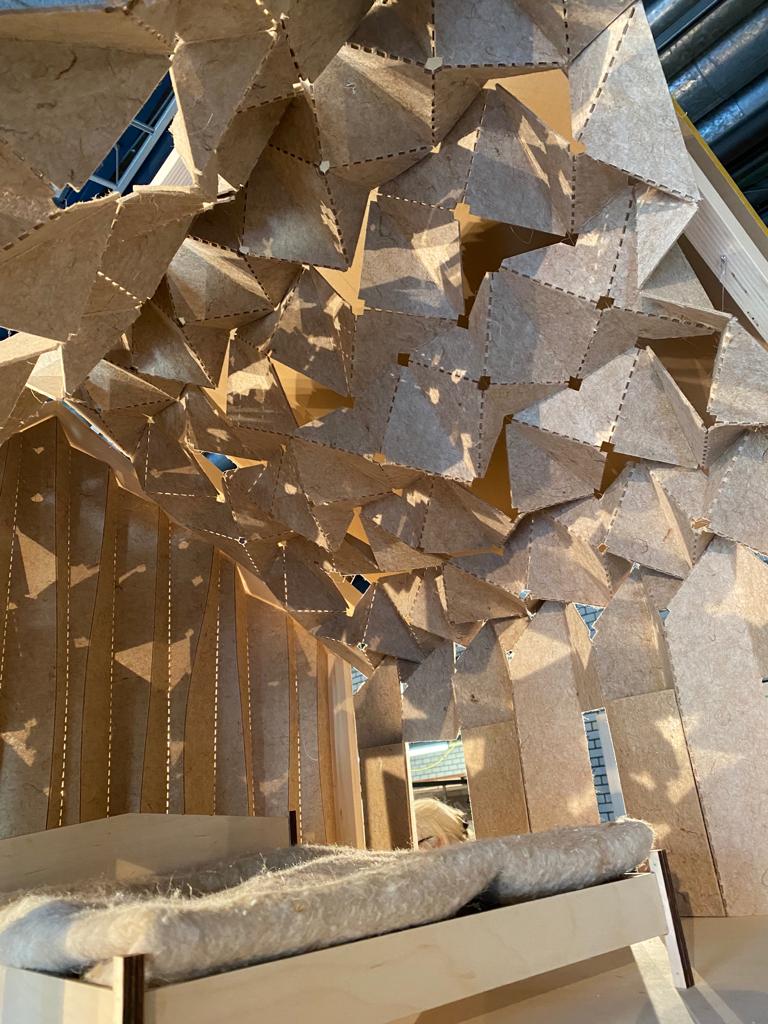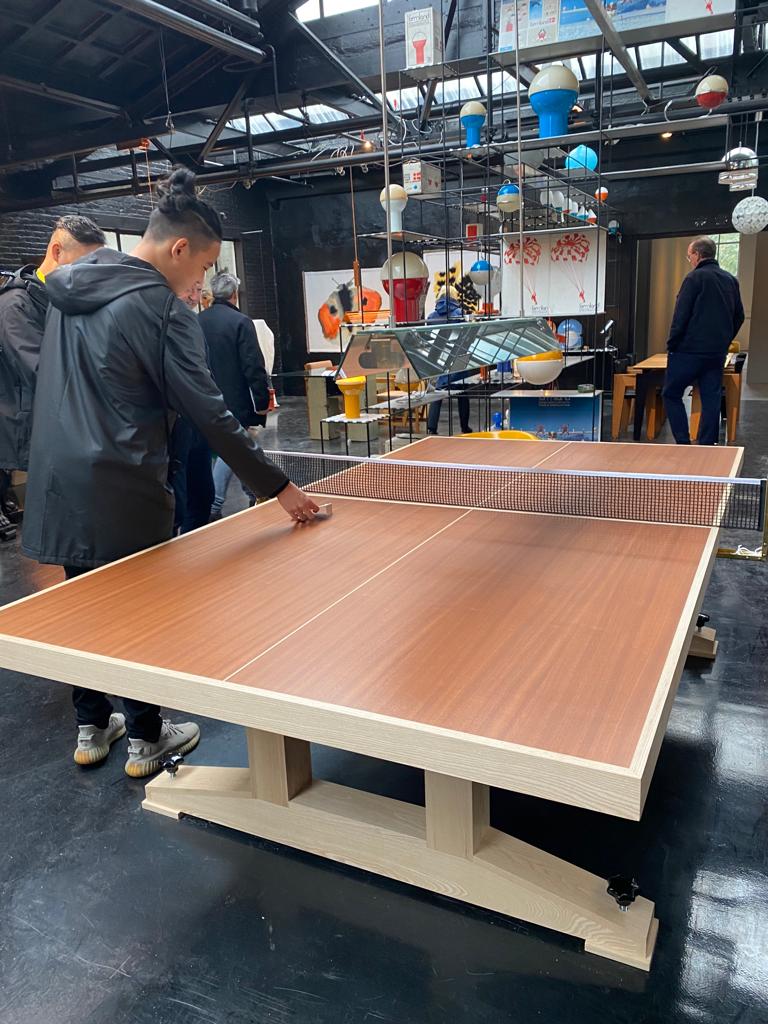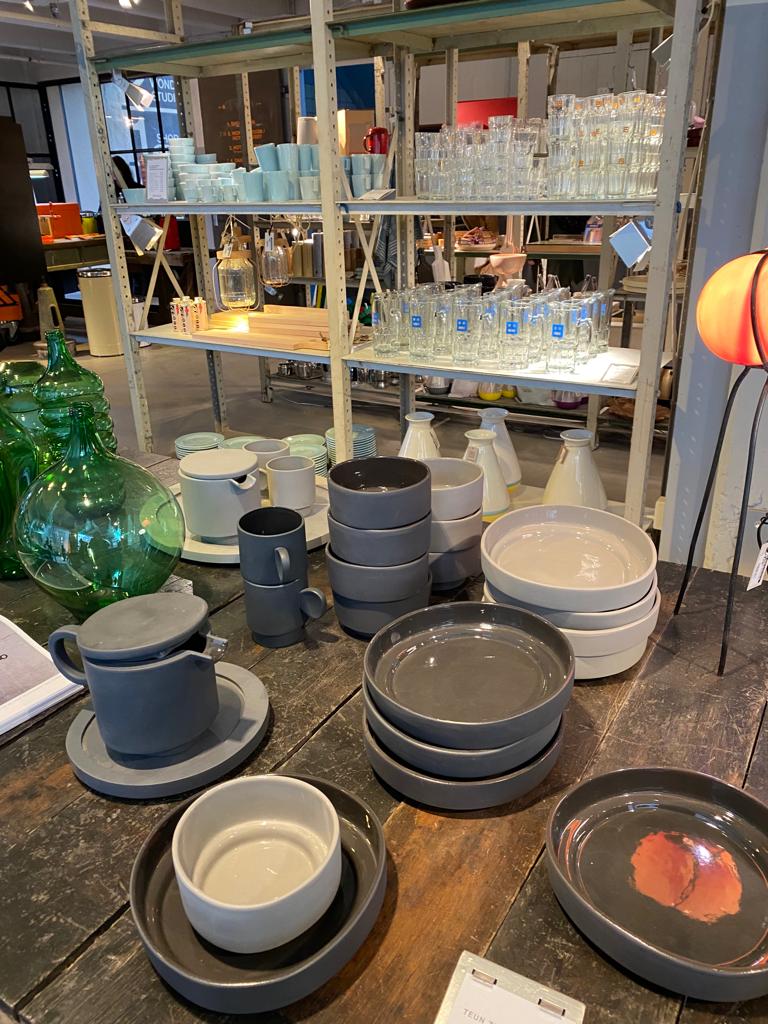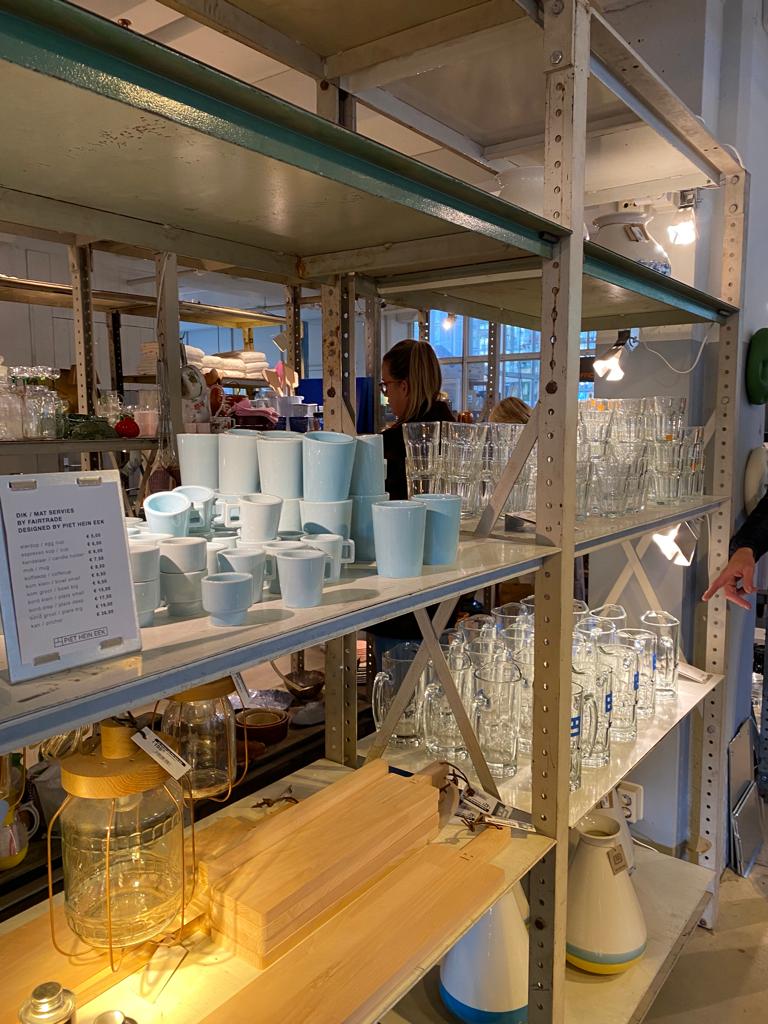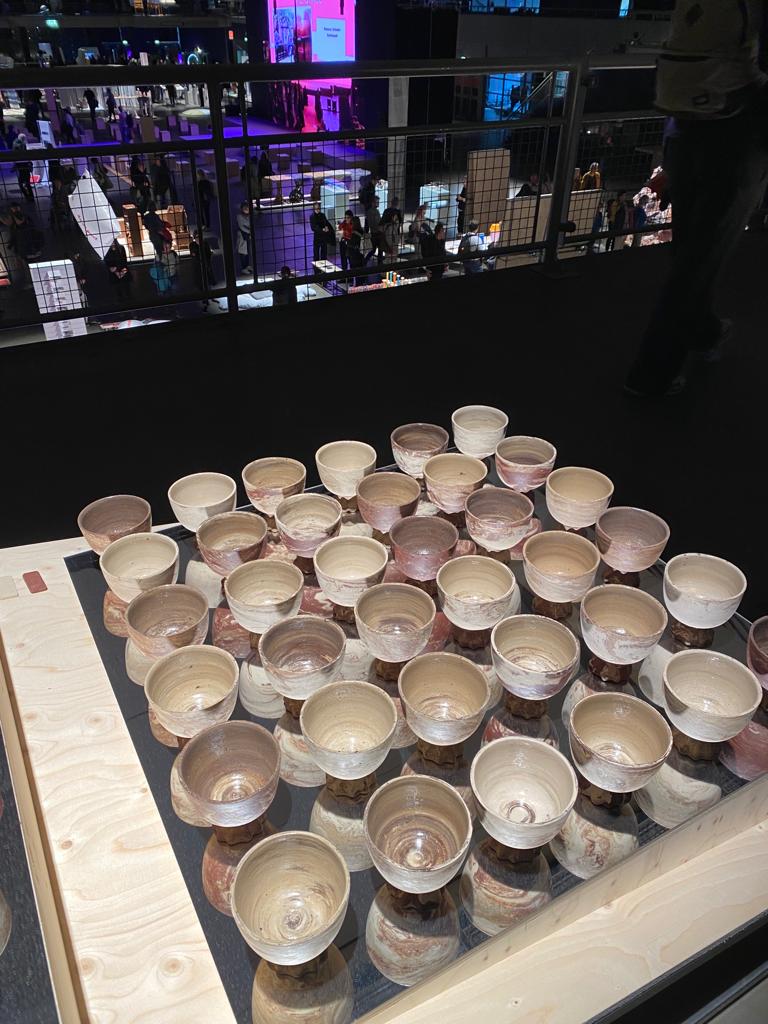EXPLORE DUTCH DESIGN WEEK 2021, THE BIGGEST DESIGN FESTIVAL IN NORTHERN EUROPE WHICH FOCUSES ON DESIGN FOR THE FUTURE AND THE FUTURE OF DESIGN WITH MAKORN CHAOVANICH OF CEREBRUM DESIGN
TEXT: PRATARN TEERATADA / MAKORN CHAOVANICH
PHOTO: CEREBRUM DESIGN B.V. (AMSTERDAM)
(For Thai, press here)
Dutch Design Week 2021 was held recently on October 16th-24th, 2021. This design festival, which is the biggest design festival in Northern Europe, brings together works and ideas from over 2,000 designers, showcased at different venues around the city of Eindhoven in the form of exhibitions, lectures, awards ceremonies, networking activities, academic forums and festivals. Most of the contents of DDW2021 focus on design for the future and the future of design, from innovation experiments to collaborations, making it more progressive than most design-related events in the world. Makorn Chaovanich of Cerebrum Design personally visited DDW 2021 and shared some cool pictures and stories with us.
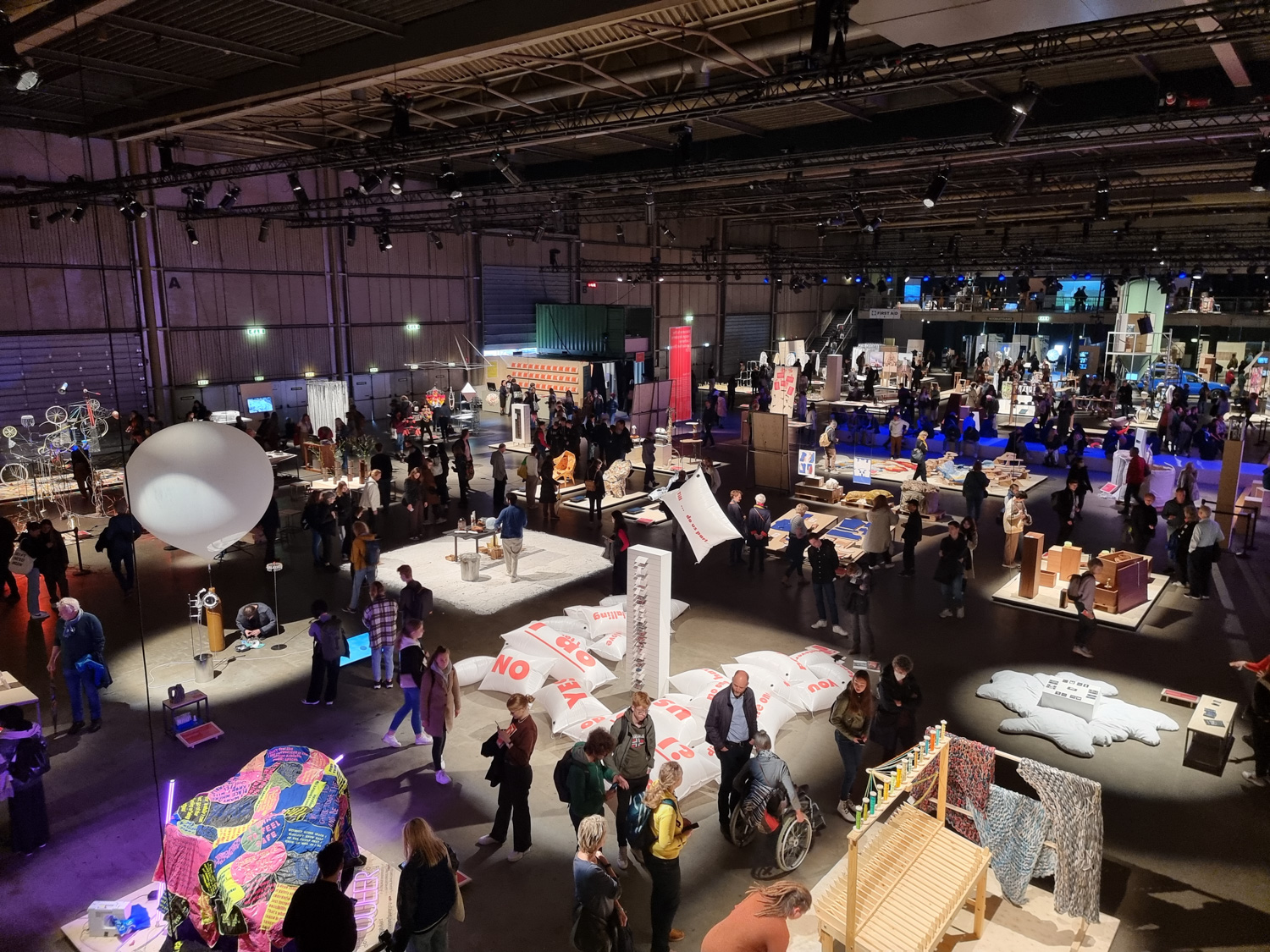

art4d: What was DDW 2021 like in general, do you think the lockdown affected the event in any way?
Makorn Chaovanich: This year’s DDW is one of the first public events held in the country after the 15-month-long lockdown. Everyone was questioning whether it would happen or not because the measures against the pandemic were constantly changing. I think everyone was on edge, from the organizer, the venues’ owners and the people who were looking forward to the event because DDW has become like an annual tradition that has been held for 20 consecutive years. What’s interesting is most of the people who came to the event were the Eindhoven locals. There were some out-of-towners but most of the viewers were people who lived here. There weren’t even that many people from other European countries. And the event didn’t have any mask mandate so the overall atmosphere felt very normal.
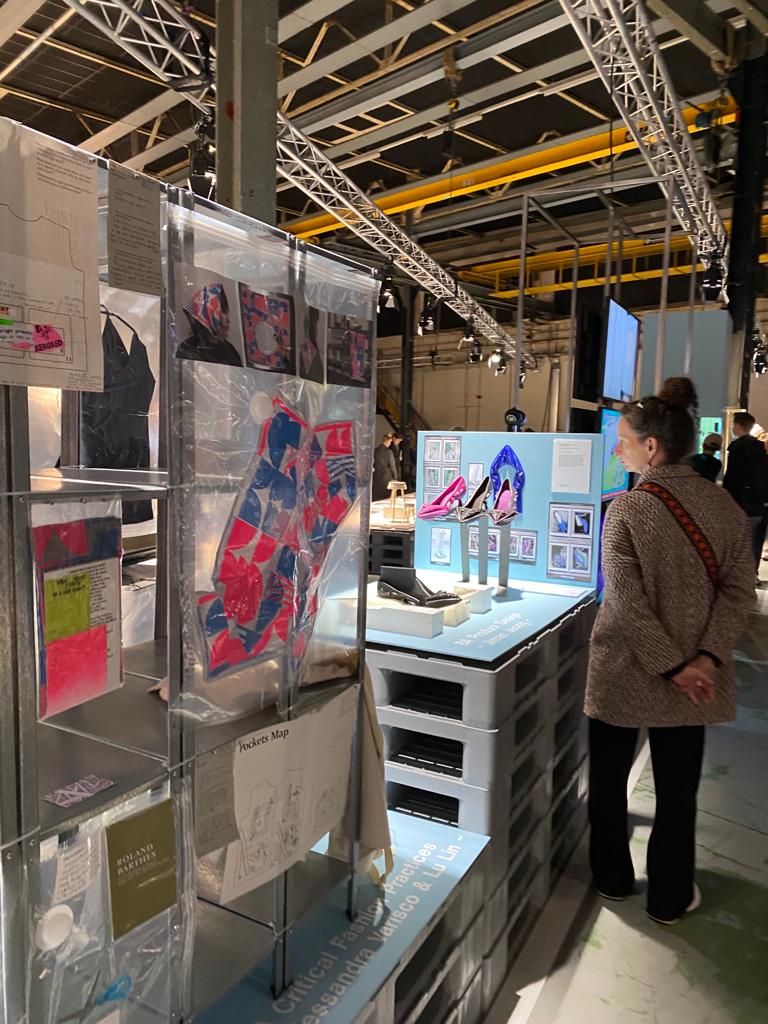
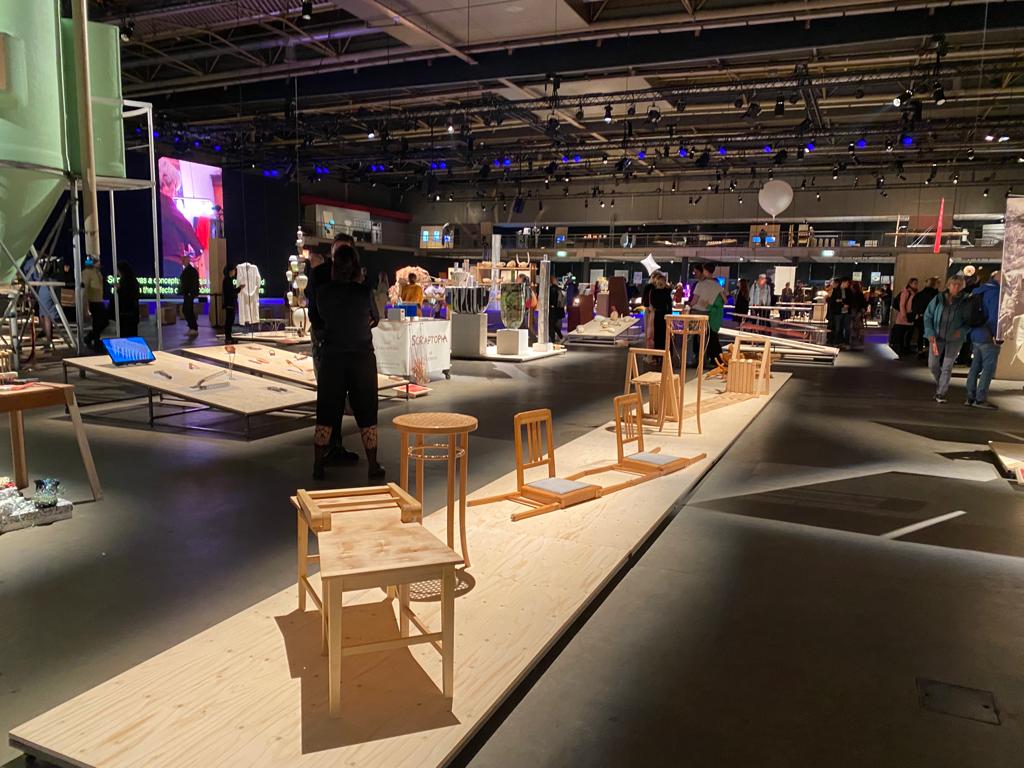
The event in general was smaller in size. With uncertainty in this year’s measures, the big companies that used to invest a lot of money on building large-scale exhibition booths with curated users’ experiences were gone but the solutions they came up with were good. They used simple materials while still making the booths interesting and allowed them to communicate with the viewers. One of the highlights of every year’s event is the student thesis exhibition. The show was a lot smaller this year partly because of the number of overseas students that were missing during the one-year lockdown, causing their works to be absent from the exhibition.
art4d: What do you think is the tendency or direction of design, from what you observed at this year’s design week?
MC: I look at it as two main parts. The first is education and the other is business. In terms of education, most students spend time on their research and try to understand the context of today’s people, and they interpret them from their own understanding, resulting in the style of the students’ projects that gear towards the artistic side of things rather than proposing design solutions. It was more like an attempt to communicate with the world, getting people to understand them more instead of providing solutions. Most of the projects were highly artistic. I think a part of it was because everyone was forced to stay home during lockdown, which caused them to lack the actual practice or interactions with real people, in real contexts.
The students’ projects, in general, are very different from the previous years. The years prior to this, most of the projects had this start-up-like nature, with very business-oriented thinking with practicality and possibility for actual production and marketing. This year barely saw anything like that. It was being debated among groups of professional designers I came across and talked with. Almost everyone was talking about if this was the kind of work they would be doing, who would hire them after they graduated because they were, in a way disconnected from reality. I think it’s partially because of the online classes that took away the students’ access to actual tools and equipment, so we could see a lot of limitations in the designs that highlight the product and material development.
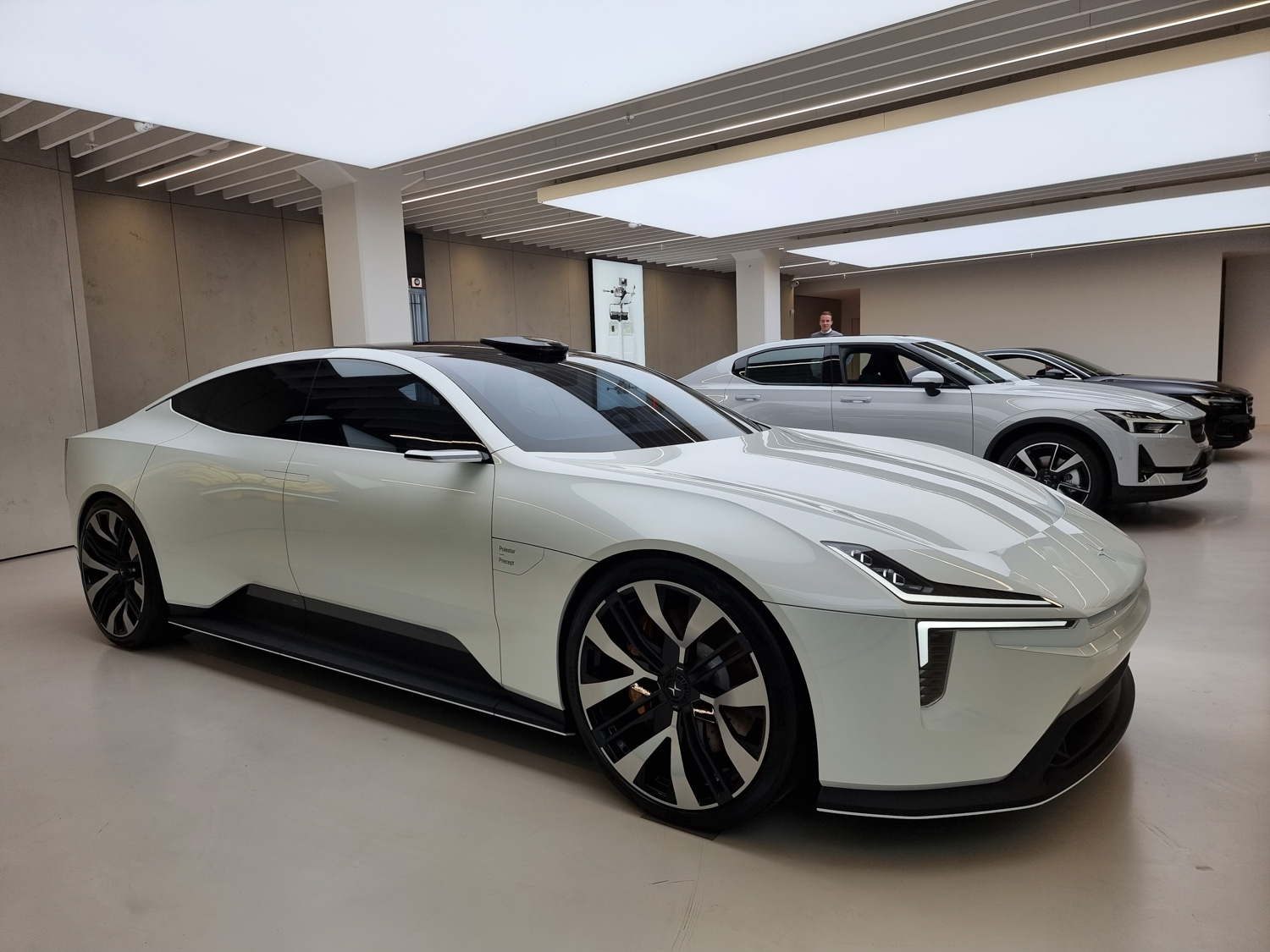
In terms of the business sector, there haven’t been that many significant movements in these past two years, because most of the work was being done at home, so the tools used in research and development weren’t being utilized as much as they used to be, which is similar to the education sector. This is one of the most noticeable aspects about how a developed design industry and access to modern tools and technologies are crucial to significant developments in a country’s creative power.
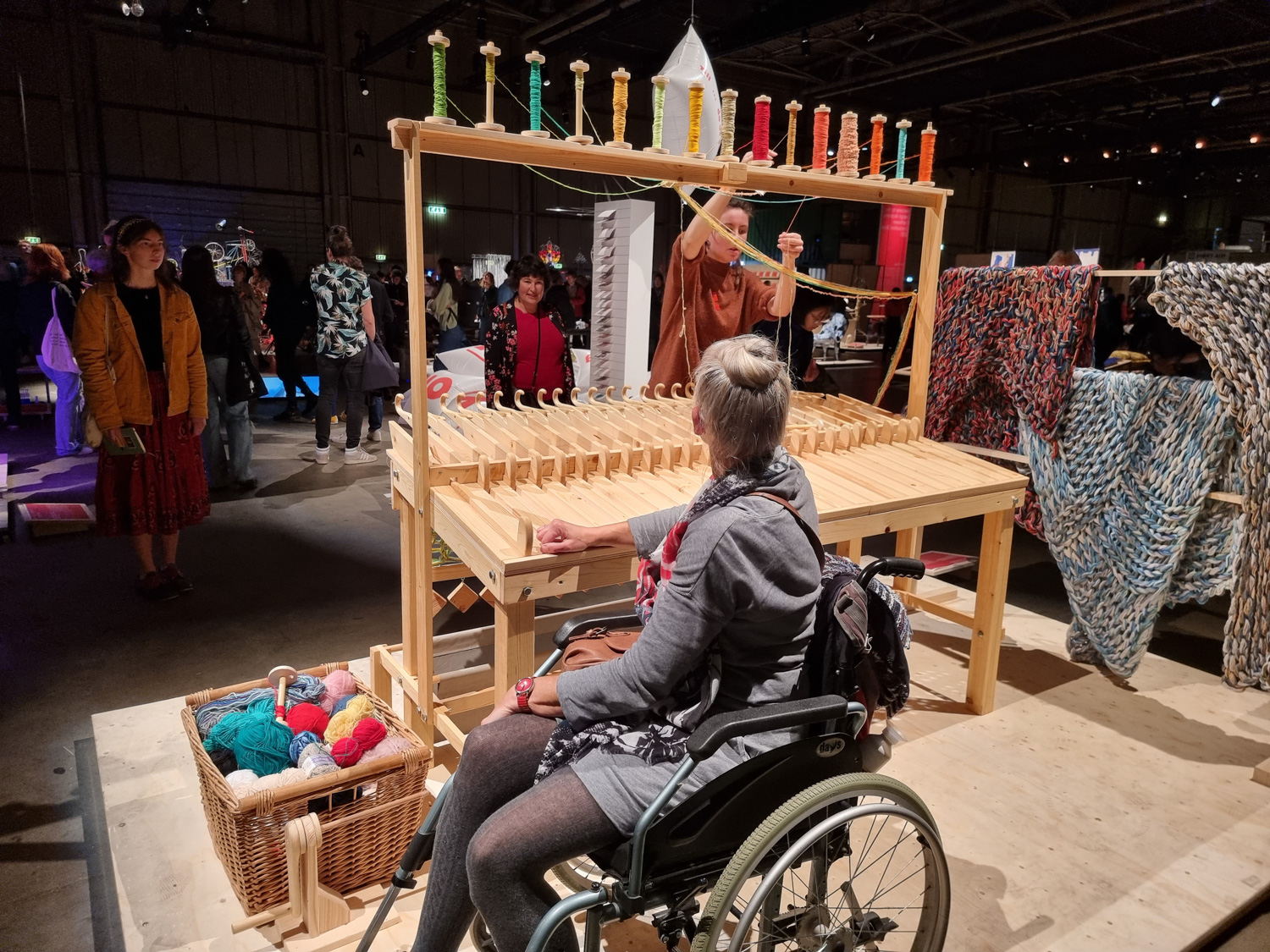
The works by young-generation designers were mostly small-scale projects, rather than industrial. But it’s a mixture between today’s modern technology such as 3D printing machines, and ancient craftsmanship techniques such as weaving, knitting, and sculpting. More emphasis is put on the storytelling and connectivity within and between communities. The works were more toward the experimental side rather than something that could be further developed into an actual business. They are more like design-oriented new media artists.
If we look at the shift in the big picture, it seems like the younger generation designers are trying to create sustainability at the community level rather than trying to provide solutions to problems at a larger scale, which was a trend we saw happening in the previous years. This is probably one of the most obvious impacts of not being able to have access to contexts that are broader, the best thing we could do was to try to access the community and whatever is available at hand rather than relying on industrial operations, or other countries or continents, even China.
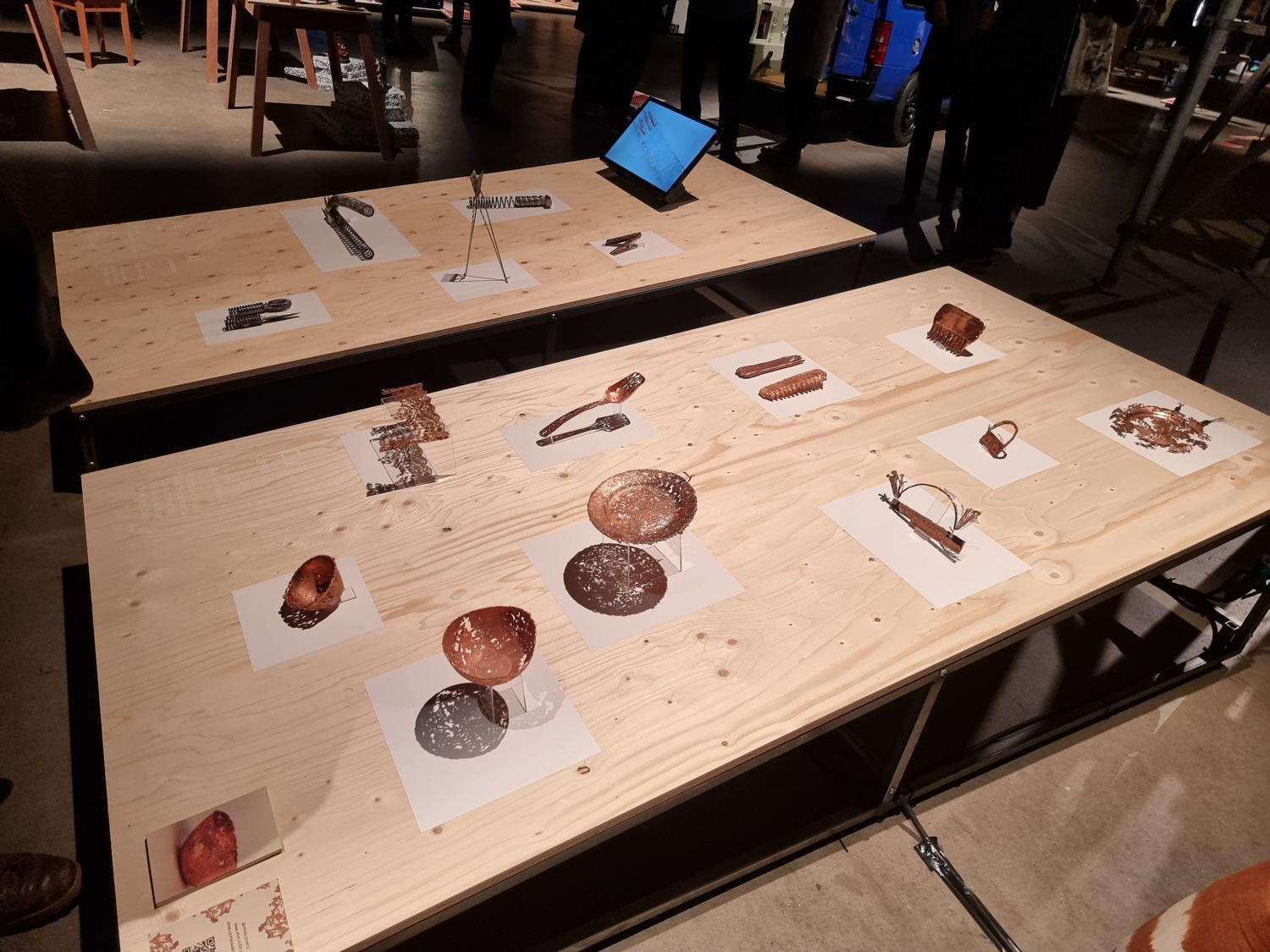
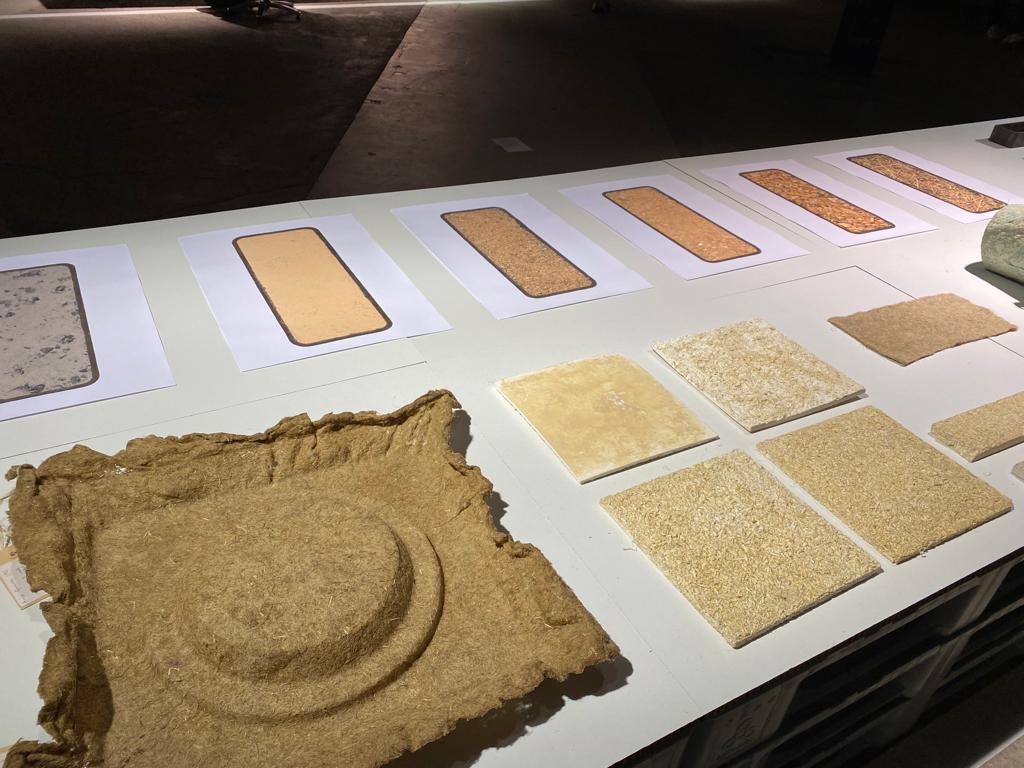
Projects by professional designers or design studios were all about sustainability, from inventions of new materials to replace old materials, energy management, waste management and efficient and sustainable application, including the access to locality and minimization of environmental impacts. Self-sustainability is the concept everyone is going after. Another prominent trajectory is the lessened dependency on outside factors, which is also a result of an extended lockdown period.
art4d: How is the design business in Europe at the moment?
MC: The designs that require large supply chains and manpower have been affected significantly because a majority of labor in the industrial sector had to return to their home country, whether it’s the construction business, manufacturing, skilled labor, or works that rely on industrial production by overseas factories. Simply speaking, there are ideas but nobody can put them into reality, or even if there were, they’re incomplete or don’t reach their fullest potential because the production is carried out by small machines or 3D printers.
Another obvious change is everything related to living; from furniture, home decoration items, tools and gadgets that bring greater living convenience, are growing exponentially because of working from home and the new normal lifestyle. It’s probably one of the reasons why most designs are more artistic because people used to work inside office spaces, and execute everything under a very controlled organized, industrial system. But when working from home, they’ve experienced freedom. They are able to manage their own time. More emotional sides are being explored as people spend more time with themselves, their family, nature and community. They have more time to enjoy things, to live life. The modern humanized way of living and thinking is now replacing the old industrialized.



